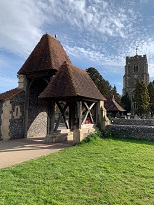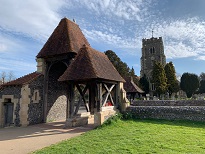St Mary's Church Pictures
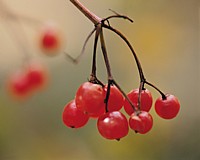

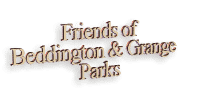
Copyright © 2006 - 2021 : The Friends of Beddington Park. All rights reserved.
Friends of Beddington Park
St Mary's Church
Beddington church is first mentioned in the Domesday Book in 1086. It is possible that the church was then newly founded by either Azor the Saxon lord who owned Beddington before 1066, or Robert de Watteville who gained the manor after the Norman conquest. However, the church may be older. The bishop of Winchester owned a large estate at Beddington in the tenth century and Bishop Ethelwold (later a saint) died there in 984. It seems likely that the Bishop had a church here and it may well have been on the site of the present church. There is a remote possibility that the history of Beddington Church goes back much further. Two expensive Roman coffins have been found on the southern edge of the churchyard and this may mean that the site was regarded as sacred or a burial ground prior to foundation of the church.
The earliest surviving fragments of the existing church are a few pieces of Norman stonework which were found when the church was restored in the nineteenth century and are now on the window sill in the north aisle. The next oldest part of the building is the font, which dates form the late twelfth or early thirteenth century.
The next oldest fragment is the window at the east end of the inner north aisle which is decorated in Gothic style and probably dates to the first half of the fourteenth century.
In the second half of the fourteenth century a wealthy courtier called Nicholas Carew built up a large estate centred on Beddington, and created a grand fortified manor house next to the church. When he died in 1390 he left money for the completion of the church tower and his son, another Nicholas, almost certainly gave money to the church. It is probably no coincidence that much of the existing building including the tower, the south aisle and the Carew chapel dates from around this time. The second Nicholas Carew died in 1432 and is buried in the chancel beneath a magnificent brass.
The fourteenth century rebuild was followed by a long period of architectural inactivity which lasted into the nineteenth century. The outer north aisle was added in 1852. This was the prologue to grander work. In 1864 Canon Alexander Henry Bridges became the rector. He came from a Ewell family who had made a fortune manufacturing gunpowder, and had bought the Carew estate, excluding the manor house, when it was auctioned in 1859. He and several other wealthy residents of Beddington carried out a major refurbishment of the church in the Arts and Crafts style, which was highly fashionable at this period. Much of the existing interior decoration dates from this time. The dormer windows were added to the nave in the early twentieth century. The most recent addition is the church hall, which was added to the south side of the nave in the 1990s and blends admirably in with the historic structure.
Key features
Much of the decoration in the church is the work funded by Canon Bridges and his contemporaries. This includes:
- The painting on the nave ceiling
- The roof, painting and mosaic in the chancel
- The magnificent organ screen by William Morris and Co
- The stained glass - with the exception of the windows at the end of the chancel and outer north aisle which were blown out in the Second World War
- The painting on the ceiling of the outer north aisle
- The Last Judgement at the western end of the outer north aisle which is a copy of a German 15th century painting. It was placed there to cover the gap left by a window which was removed when the new vestry was built.
Other features
The font dates from the late twelfth or early thirteenth century.
The wooden linen fold panels probably date from the sixteenth century but the whole structure appears to have been heavily restored in the nineteenth century.
The misericords or seats in the choir: the four in the back row next to the door into the Carew Chapel date from the fifteenth century. They were originally used by priests saying mass for the souls of the departed, and would have been set at a height which allowed the priest to appear to be standing which perched on the edge of the upright seat. The other misericords are part of the work for Canon Bridges.
The brass of the second Nicholas Carew in the chancel floor with his wife Isabel. He died in 1432.
The Carew Chapel on the south side of the chancel contains the tomb of Sir Richard Carew d. 1520, who was probably responsible for the roof of the great hall in Carew Manor. His grandson Sir Francis, the great Elizabethan gardener, has a large alabaster tomb in the corner.
The chapel floor has an entrance to the Carew family vault which is now sealed. Some people believe that Sir Walter Raleigh was buried in this after he had been executed in 1618. Hew was related to the Crews by marriage and his wife certainly wrote to her brother Nicholas Throckmorton Carew asking for permission to bury his body at Beddington. However, there is no entry for him in the Beddington Parish register, and it is more likely that he is buried in St Margaret's church, next to Westminster Abbey.
The wooden cupboard in the outer north aisle contains a Roman lead coffin which was found in Church Road, just outside the churchyard, about 1670.
There is a framed pewter plaque to Thomas Greenhill (d. 1633) on the wall to the west. This dates from the seventeenth century. Such memorials must once have been common but this is a rare survival.


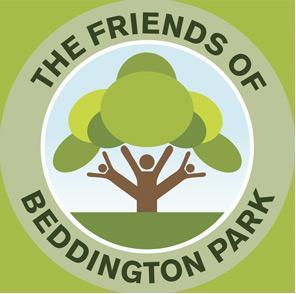
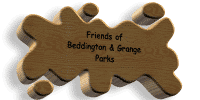
2021
2006


